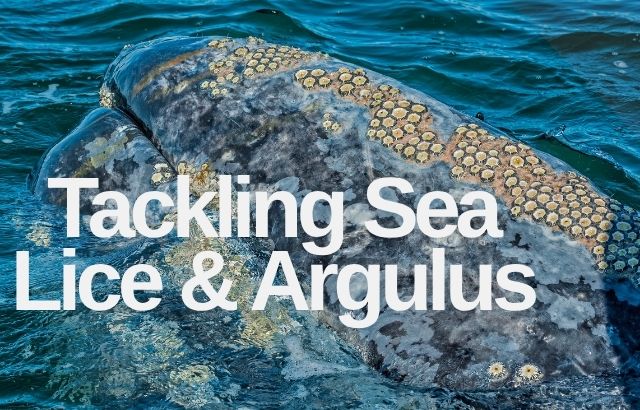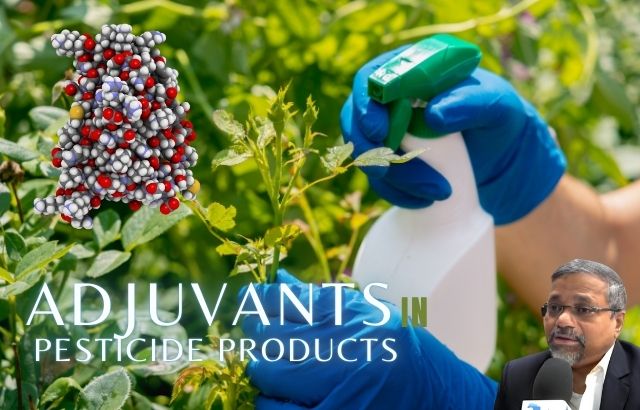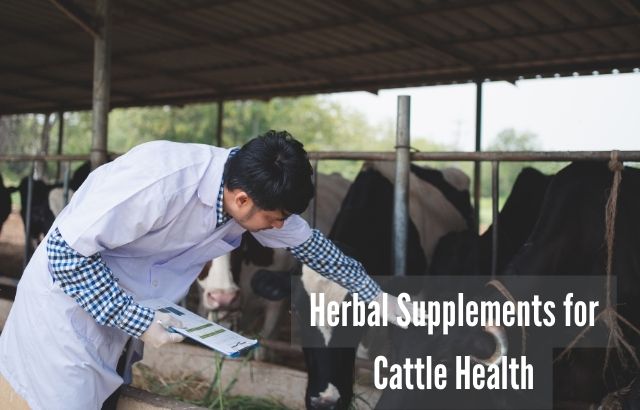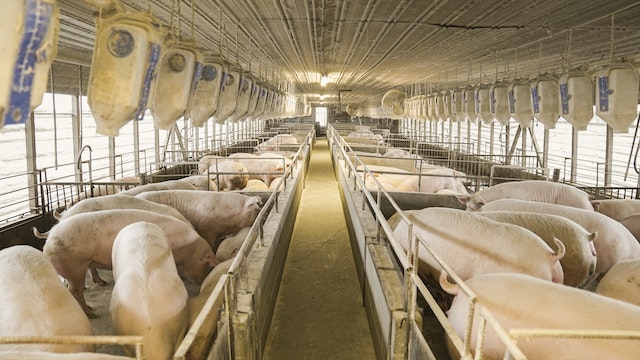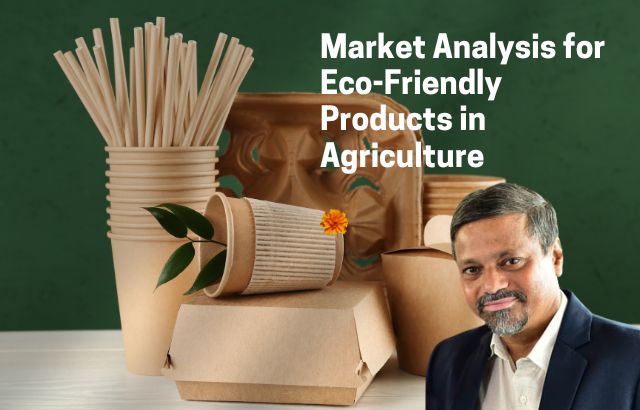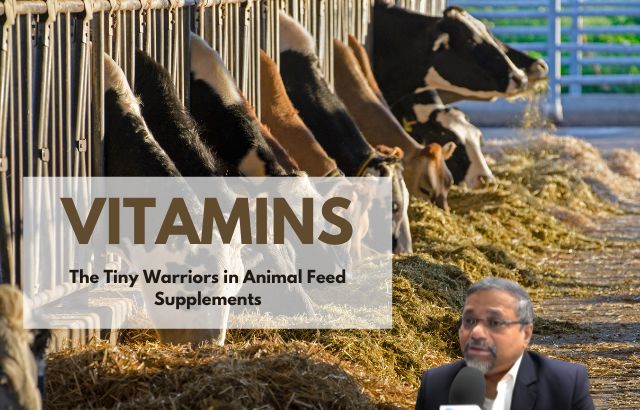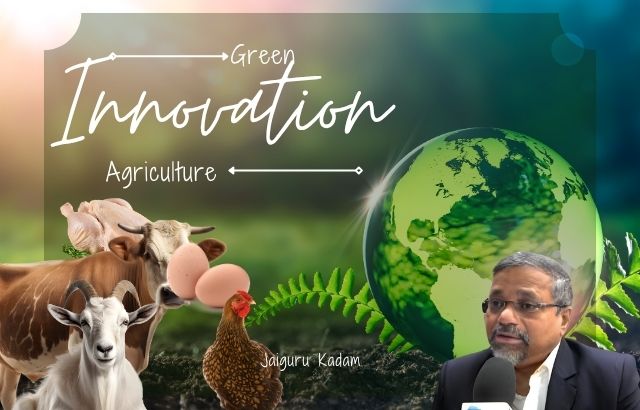Natural Management of Ectoparasites: Tackling Sea Lice & Argulus
By Aquaculture Bioengineering Researcher Jaiguru Kadam
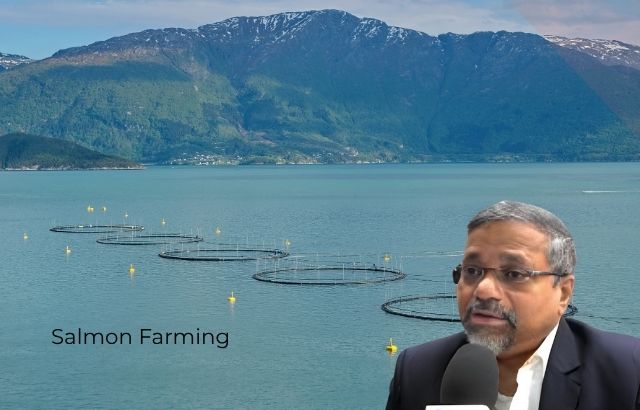
The aquaculture industry is undergoing a much-needed transformation as sustainability takes center stage. One of the most significant challenges faced by fish farmers and researchers alike is the management of ectoparasites—harmful organisms that attach to the skin or gills of fish, causing physical damage and opening the door to bacterial and viral infections. Among the most notorious of these parasites are Salmon sea lice (Lepeophtheirus salmonis) in marine aquaculture and Argulus (commonly known as fish louse) in freshwater systems. These parasites not only pose a threat to fish health but also to the economic stability of the aquaculture industry.
As aquaculture continues to grow, finding sustainable solutions to manage these ectoparasites becomes more critical than ever. Traditional chemical treatments have been effective in some ways but come with several downsides: they can harm the environment, disrupt aquatic ecosystems, and contribute to the development of parasite resistance. This has sparked a renewed focus on natural, eco-friendly alternatives that promise to balance parasite control with environmental preservation.
In this blog, I’ll explore some of the cutting-edge, natural management solutions we are developing to tackle sea lice and Argulus in aquaculture systems.
Understanding the Challenge: The Impact of Sea Lice and Argulus
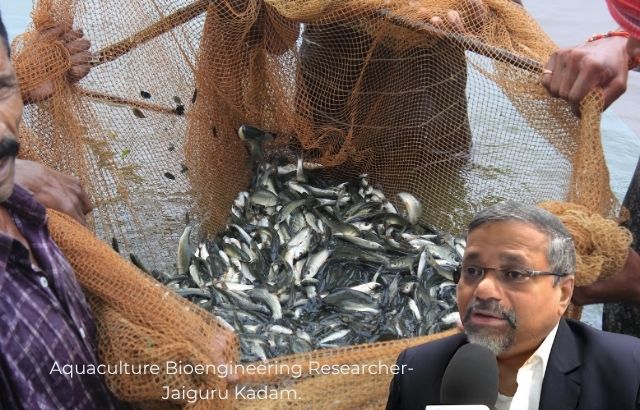
Sea Lice in Salmon Farming
Sea lice are a significant problem for salmon farming, especially in open-net pens, where fish are confined in close quarters. The most common species, Lepeophtheirus salmonis, attaches to the skin, fins, and gills of the fish, causing severe stress, reduced growth, and even death in extreme cases. Infestations of sea lice can lead to the need for costly chemical treatments, which also pose risks to non-target species in the surrounding ecosystem.
Argulus in Freshwater Aquaculture
Argulus, often called “fish louse,” is a parasitic crustacean that infects both freshwater and marine fish. In freshwater systems, it can cause severe damage to the skin and gills of fish, leading to secondary infections and a significant reduction in the overall health of fish populations. Traditional treatments like chemical bath treatments or the use of anti-parasitic drugs may have short-term effects, but they come with environmental concerns and, like sea lice management, can contribute to resistance.
Eco-Friendly Solutions: Beyond Chemicals
As we continue to advance research in aquaculture bioengineering, we’ve seen promising developments in eco-friendly solutions for managing these pests. Here are some of the innovative approaches we’re exploring to help control sea lice and Argulus in a sustainable and natural manner.
1. Biological Control Agents
One of the most promising natural approaches to ectoparasite management is the use of biological control agents—predators or competitors that can help reduce parasite populations.
- Marine Copepods: Certain species of copepods have shown potential in controlling sea lice populations in salmon farms. These tiny crustaceans feed on the sea lice, offering a natural, self-regulating solution to the problem. While this approach is still in its developmental stages, it holds great promise as a sustainable alternative to chemicals.
- Nematodes for Argulus Control: For freshwater systems, the use of entomopathogenic nematodes—microscopic worms that target ectoparasites like Argulus—has shown some success. These nematodes infect the larvae of Argulus, preventing them from reaching maturity and reproducing. This biological method is environmentally friendly and has the potential to be integrated into farming systems with minimal disruption.
2. Phyto-based Solutions
Plants and their extracts have long been known for their medicinal properties, and now we’re turning to plant-based bioactive compounds as potential solutions for parasite control.
- Essential Oils: Certain plant essential oils, such as eucalyptus, tea tree, and neem, have shown repellent and anti-parasitic properties. By adding these oils to fish feed or using them in water treatments, we can reduce the number of sea lice or Argulus without resorting to harmful chemicals.
- Plant Extracts for Skin Health: Some plants, like aloe vera, are known for their healing properties. Using plant extracts to improve fish skin health may help fish resist parasite attacks, reducing the likelihood of infestation in the first place.
3. Physical Barriers and Environmental Modifications
While not a direct chemical or biological control, modifying the environment to make it less conducive to parasite survival is another strategy that has shown promise.
- Cleaner Fish: In marine aquaculture, using species such as wrasse and cleaner fish to eat parasites off farmed salmon is a natural approach that has been practiced for some time. These fish effectively remove sea lice from the skin of their hosts, offering a natural form of “grooming.”
- Water Temperature Regulation: Parasites like sea lice thrive in certain temperature ranges. By adjusting water temperatures or altering the flow of water in aquaculture pens, it may be possible to reduce parasite survival and reproduction rates.
4. Improved Farming Practices
Sometimes, the best way to reduce parasite pressure is to make minor adjustments to farming systems.
- Rotational Grazing (Stock Rotation): Similar to practices in terrestrial agriculture, rotating fish stocks in different pens or cages can reduce parasite buildup in any one location. By allowing pens to “rest” periodically, it gives the parasites time to die off without having hosts to infect.
- Optimized Stocking Densities: Overcrowding in aquaculture systems increases the stress on fish, which makes them more susceptible to parasitic infestations. By managing stocking densities, fish are less likely to contract and spread parasites.
FAQs

Q: How do sea lice affect salmon populations?
A: Sea lice infestations can cause significant harm to salmon, leading to reduced growth rates, increased stress, skin lesions, and even death. In severe cases, entire populations can be wiped out if left untreated, affecting both fish welfare and farm productivity.
Q: Are biological control agents safe for the environment?
A: Yes! Biological control agents, such as copepods and nematodes, are species-specific and do not pose a threat to non-target organisms. They are an environmentally friendly solution that works within the natural food chain, promoting balance rather than disruption.
Q: How effective are plant-based solutions like essential oils?
A: Studies show that certain essential oils—like eucalyptus and tea tree oil—can act as repellents to parasites, reducing their attachment to fish. However, while promising, the research is ongoing to refine and optimize their use for large-scale commercial applications.
Q: Can sea lice resistance to chemical treatments be avoided using natural methods?
A: Yes! One of the advantages of using natural control methods (biological or plant-based) is that they don’t contribute to the resistance problems seen with chemical treatments. This provides a sustainable, long-term solution.
Intriguing Facts

- Sea Lice Infestations: In 2020, an estimated 90% of all Norwegian farmed salmon suffered from sea lice infestations, with treatment costs exceeding $100 million annually.
- Financial Impact: A study published in Aquaculture Economics & Management showed that infestation rates of sea lice can reduce farmed salmon growth rates by up to 30%, directly affecting the farm’s profitability.
- Cleaner Fish Utilization: The use of cleaner fish like wrasse has been proven to reduce sea lice infestations by 50-80% in some marine farms, offering a sustainable, natural alternative to chemicals.
- Effectiveness of Nematodes: In a study on Argulus control, the introduction of entomopathogenic nematodes reduced Argulus populations by 70-90% in controlled freshwater environments, demonstrating their efficacy in parasite management.
Example Calculations: Cost-Effectiveness of Natural Methods
Let’s consider a salmon farm with 1 million fish. For simplicity, we assume an average infestation rate of 10% and a cost of $5 per fish for chemical treatments to combat sea lice. This means:
Chemical Treatment Cost:
- 10% of 1 million fish = 100,000 fish
- 100,000 fish x $5 = $500,000 spent on chemical treatments.
Now, if the farm switches to cleaner fish (such as wrasse), which reduce infestations by 75%, the new infestation rate would be:
Reduced Infestation:
- 75% reduction on 100,000 infested fish = 75,000 fewer fish infested
- This means only 25,000 fish remain infested, reducing the treatment cost.
New Chemical Treatment Cost:
- 25,000 fish x $5 = $125,000 spent on chemical treatments.
By using cleaner fish, the farm can save:
Savings:
- $500,000 (original cost) – $125,000 (new cost) = $375,000 in savings.
The investment in cleaner fish could pay off in just a single cycle, making it a financially viable and environmentally sustainable option.
The Future of Sustainable Aquaculture
We’re at the beginning stages of a revolution in how we approach pest control in aquaculture. By focusing on eco-friendly methods such as biological control, phyto-based solutions, and environmental management, we can drastically reduce our reliance on chemicals while promoting healthier, more resilient fish populations.
It’s a delicate balance
—one that requires a multifaceted approach that includes not just new technologies but a deeper understanding of ecosystem dynamics. But with continued research, innovation, and collaboration, I am confident that we can tackle the challenge of ectoparasites like sea lice and Argulus in ways that are both effective and sustainable.
As we continue to develop and refine these solutions, the future of aquaculture looks brighter, with healthier fish, healthier ecosystems, and a thriving industry that can meet the growing demand for sustainable seafood.
Together, we can make sustainable aquaculture a reality. The future of fish farming is green—let’s embrace it.
Jaiguru Kadam is an Aquaculture Bioengineering Researcher focused on developing sustainable, eco-friendly solutions for parasite management in aquaculture systems. With a background in marine biology and bioengineering, Jaiguru is passionate about using cutting-edge technologies to promote healthier fish populations while preserving aquatic ecosystems.

